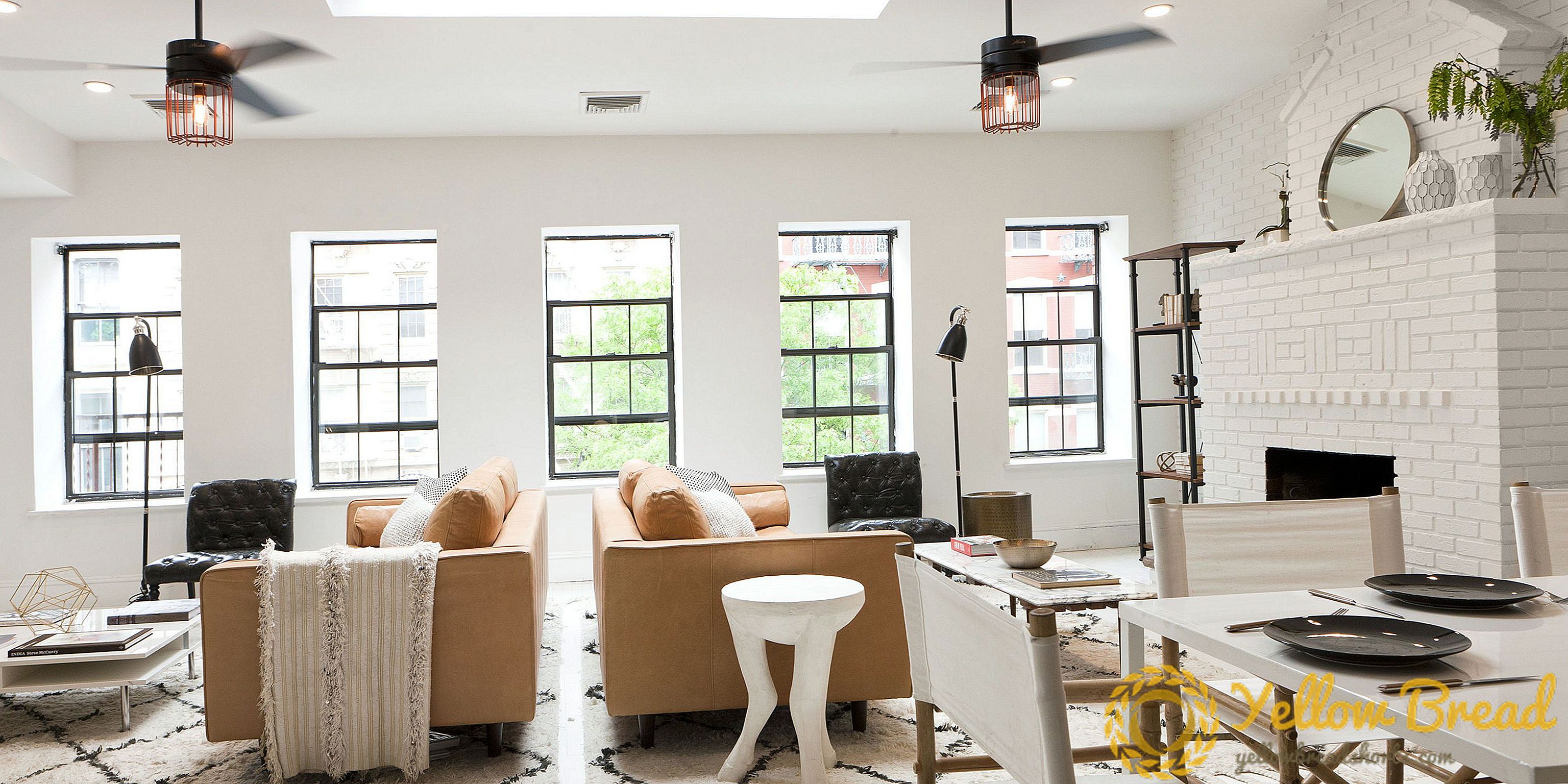The Monadnock Building was completed in 1893 but has many of the modern qualities we value today, with heavy walls stripped of ornamentation. They didn't decorate every surface, instead relying on the mass of the building to express its beauty. 53 Jackson Blvd.
Historians view the Reliance Building as the grandfather of the modern skyscraper. It's one of the first steel-framed buildings ever built. 32 N. State St.
Louis Sullivan designed the Carson, Pirie, Scott and Company Building in 1899 as a steel-framed structure that allowed for the use of extra wide windows, a Chicago innovation. 1 S. State St.
Even as a modern architect, I am wowed by four 1920's buildings that flank the Chicago River: the Tribune Tower, the Wrigley Building, 333 North Michigan, and the London Guarantee Building. They have scale and proportion; as a group, they create an urban space that is just spectacular.
The Inland Steel Building is a classic example of midcentury architecture on the Civic Center Plaza. It's a petite office building that's only nineteen stories tall, but it's clad in stainless steel, which gives it a wonderfully sophisticated and urbane quality. 30 W. Monroe St.
The John Hancock Center and the Willis Tower (formerly Sears) are two buildings that illustrate the consumate integration of architecture and engineering. Here, it was the engineering considerations that dictated form: the braces and tapering shape of the Hancock and the stepped, bundled tubes that create the Willis. They're dark, muscular and distinctive, emblematic of Chicago itself. 875 N. Michigan Ave. and 233 S. Wacker Dr.
Mies van der Rohe designed the S.R. Crown Hall at the Illinois Institute of Technology. It's a true expression of his philosophy, with an honesty in materials and a scheme in which the structure of the building itself is visible on the outside. It's spare, minimal and extremely refined. 3300 S. Federal St.
The Jay Pritzker Pavilion by Frank Gehry is a band shell that is an outdoor room in the most incredible sense. When you are sitting on that lawn listening to a concert and watching those flowing beveling steel panels, you can sense that architecture can indeed be like frozen music.201 E. Randolph St.






